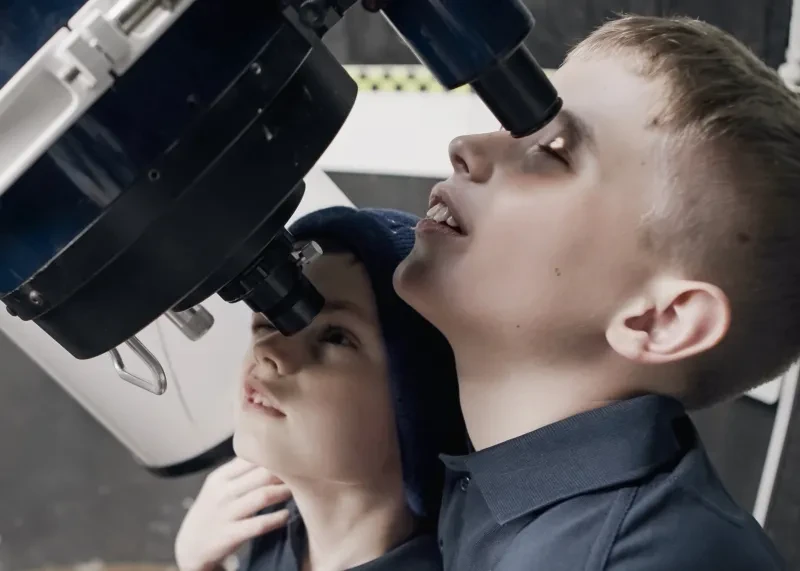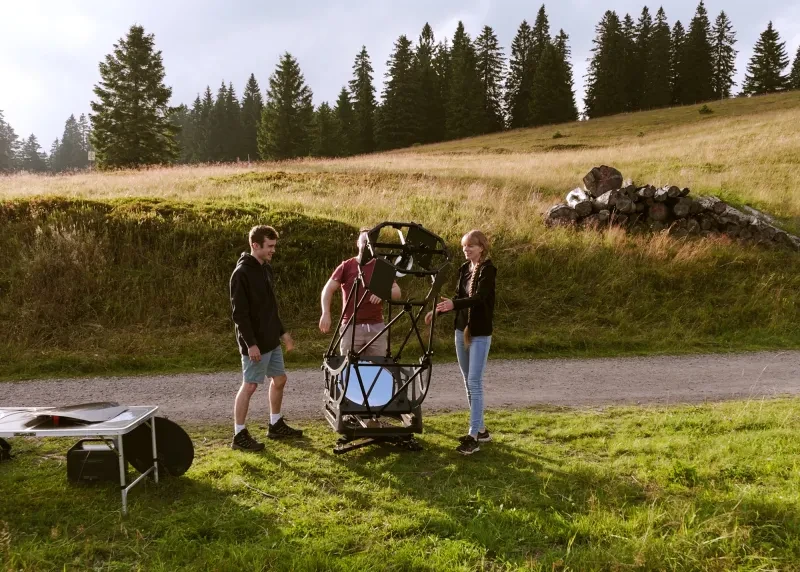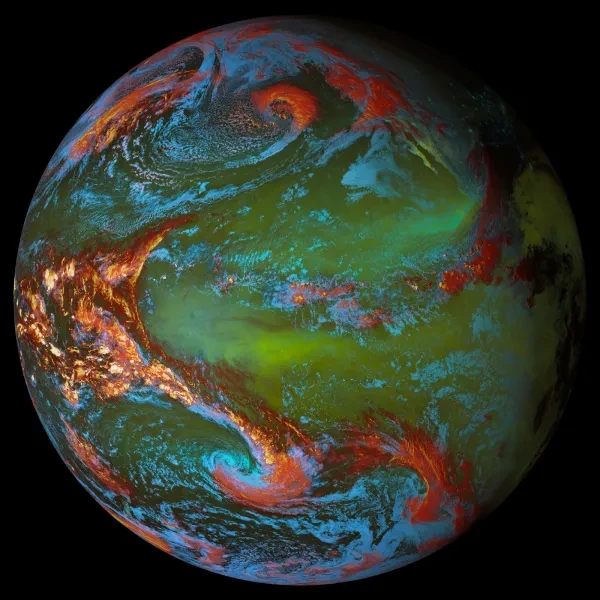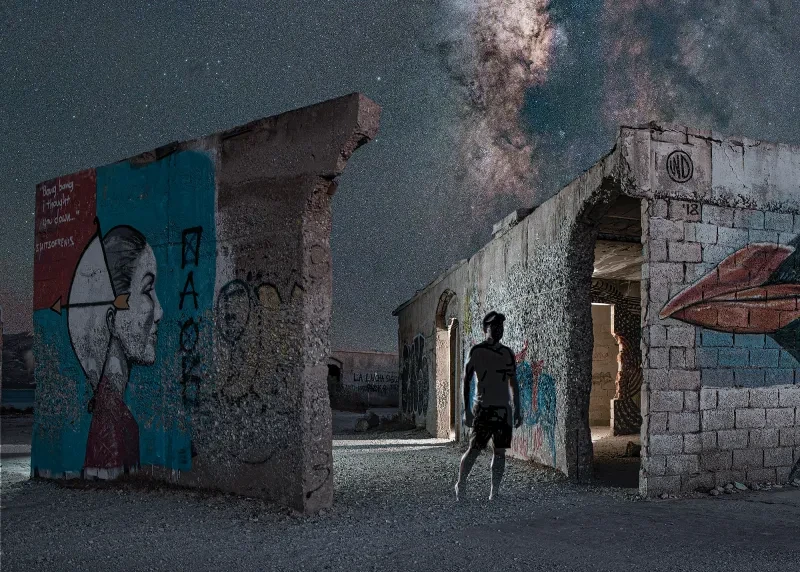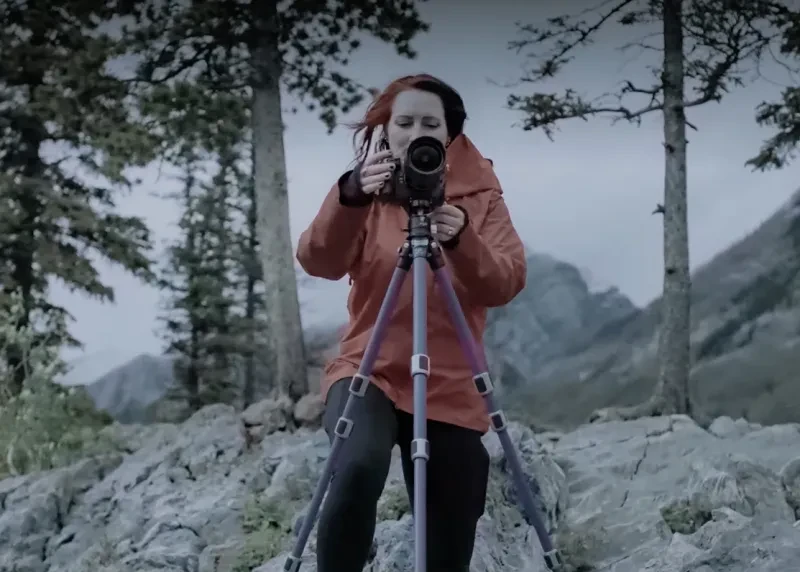
As night falls over East Anglia, you'll often find photographer Paul Haworth heading out to capture some of the region's distinctive landscapes, from pebble beaches to tidal mudflats – with the vast night sky as a glittering backdrop.
Four years after starting astrophotography, Paul's image of star trails over Snettisham Beach in Norfolk, titled Serpentine, was shortlisted in the Skyscapes category of Astronomy Photographer of the Year 2024. The photo is one of more than 100 stunning images now on display at the National Maritime Museum.
Learn more about Paul's evocative image, what he loves most about a night spent under the stars, and the advice he would give to someone keen to get started in astronomy photography.

Serpentine
By Paul Haworth
Snettisham Beach, King’s Lynn, Norfolk, UK, 19 and 20 April 2023
Shortlisted in the Skyscapes category, Astronomy Photographer of the Year 2024
What made you want to take up astrophotography?

I’ve been interested in the night sky since I was around 11, but for most of my life I simply observed with telescopes, binoculars or the naked eye.
It was during Comet NEOWISE’s visit to the inner solar system during the 2020 lockdown that I tried astrophotography for the first time, capturing an image of the comet reflected in a nearby lake.
I loved the photograph (as technically terrible as it was!) and thought I’d invented a whole genre, only to discover that nightscape photography was a vibrant, well-established discipline already. I quickly became obsessed with it.
How did you learn how to do astrophotography?
Unlike a lot of people coming into the hobby, I’d never previously used a camera for anything other than holiday snaps. I was completely new to photography as a whole, and so I had to learn it all from scratch.
There are many excellent channels on YouTube to get you off the mark. Two particular influences for me were Richard Tatti and the late Alyn Wallace – I’ve learned so much from both of them. Beyond that it’s been trial and a lot of error.
Sharing work and asking for constructive feedback has also been helpful – it’s painful at times but ultimately helps you to learn.
How do you choose where you’ll go to take photographs?
I’m always scouring Google Earth and maps for interesting-looking locations, ideally away from the worst of the light pollution that a lot of the UK is blighted with.
Once I find something that looks interesting, I’ll scour the internet for more information and daytime images to work out if it’s worth visiting.
If I’m reasonably confident there’s an image to be had, I’ll work out what sort of nighttime image I want to make (e.g. star trails, Milky Way core, Orion etc) and then monitor weather, moonlight and often the tide conditions to narrow down the right night to go.
What are your favourite astrophotography locations?
I love coastal and mountainous locations – anything that creates the experience of being out in the wild under the night sky.
But I live on the edge of the Cambridgeshire Fens so we have no hills to speak of – but I’ve also found a beauty in the unique landscape of the Fens and the huge skies we have in this part of the world.


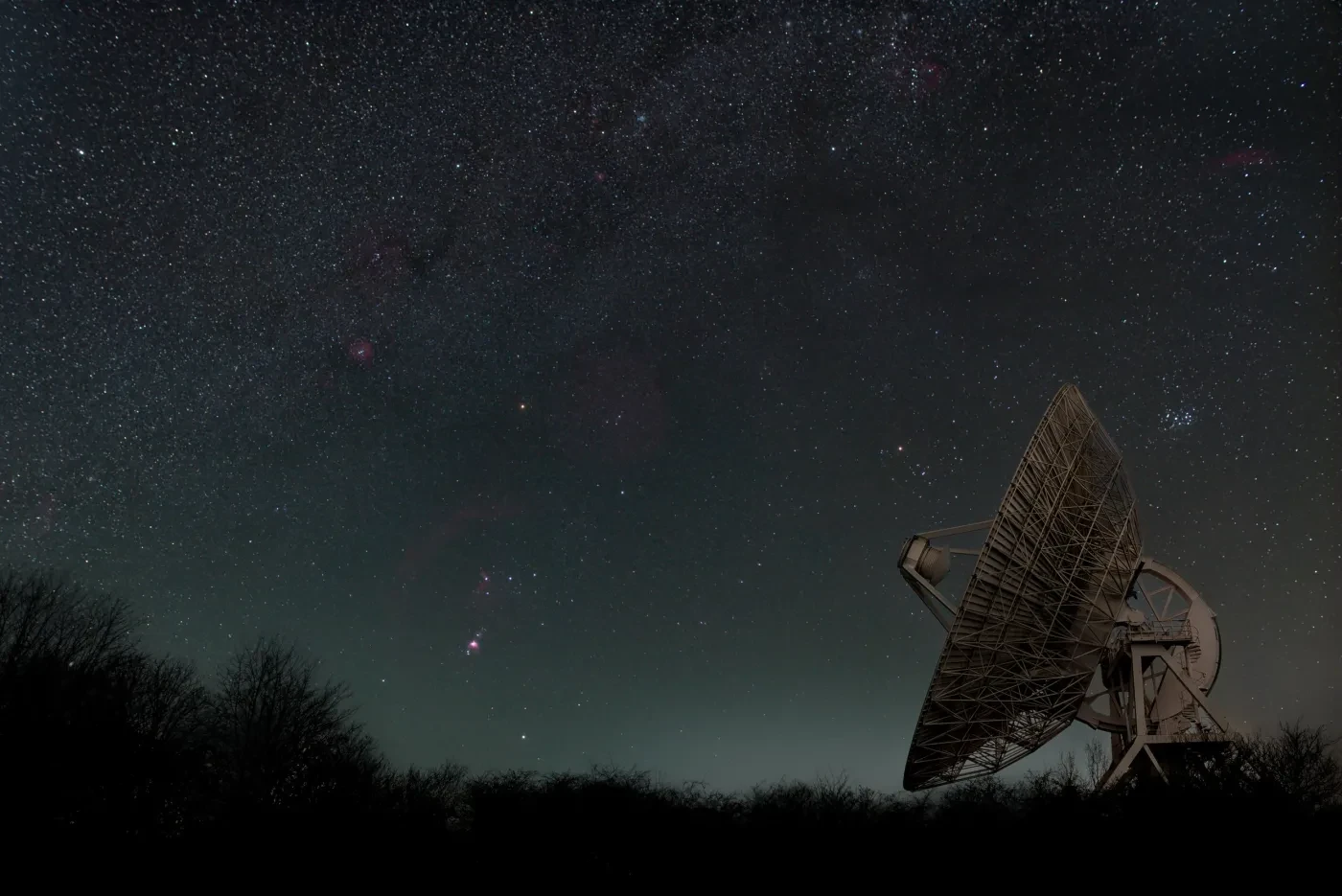
What’s your favourite thing about astrophotography?
Out with the camera, my senses are heightened. The magical sounds seem amplified in the darkness while the thick dew-filled, earthy air fills and cools my lungs. And above my head, the familiar constellations continue their nightly march across the sky, stretching infinitely from horizon to horizon.
For me, it’s all about this experience. To be able to capture images and video as well simply enables me to share that experience.
How did you take your image Serpentine?
I’d first visited the location at night about four months earlier and it definitely had potential – reasonably dark, remote enough that it was free of other people after dark, and good foreground interest. But I lacked the time I needed that night, so a return visit was always on the cards.
I knew I wanted to make an extended star trails image, but it wasn’t until I’d arrived that night that I saw the wonderful curve of the drainage channel in the mud that seemed to mirror the arc that the star trails would make in the sky.
So I had a reasonably good feeling about the image when I set it up, and all I would need was a night that was free from cloud, which thankfully is exactly what I got.
How did you feel when you saw the final result?
Chuffed to bits. It was exactly what I had in mind when I shot it, and from a technical point of view everything came together as I’d hoped (by no means a given in nightscape photography!).
The image transported me back to the long night under the stars with the constant accompanying sounds of the birdlife out on the mudflats. It immediately became one of my favourite images.
How did you feel when you found out that you were shortlisted in the competition?
I couldn’t quite believe it! I entered the competition in the same way that I’d enter the lottery – not expecting anything from it, but enjoying being part of something fun.
I’m always blown away by the technical standard and level of creativity in the competition, so to have been shortlisted with others whose work I greatly admire was a real privilege.
What advice would you give to someone thinking of getting started in astrophotography?
Just give it a go. The experience of being out in the landscape at night under the stars is hard to beat and you’ll quickly find it quite addictive.
It’s possible to get some great results with relatively modest equipment, and YouTube has so many outstanding channels from which you can learn almost the entire craft for nothing but an investment of time.
Make images that you enjoy making and looking at, create your own style, and just enjoy the journey!
Want to keep up with Paul? Watch Paul's astrophotography vlogs on YouTube or follow him on Instagram.

